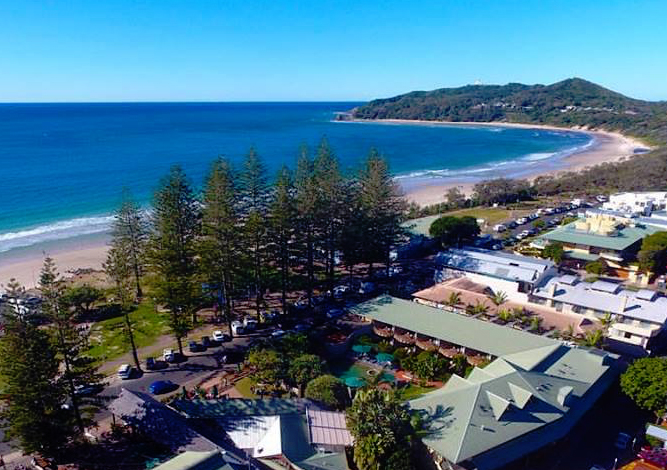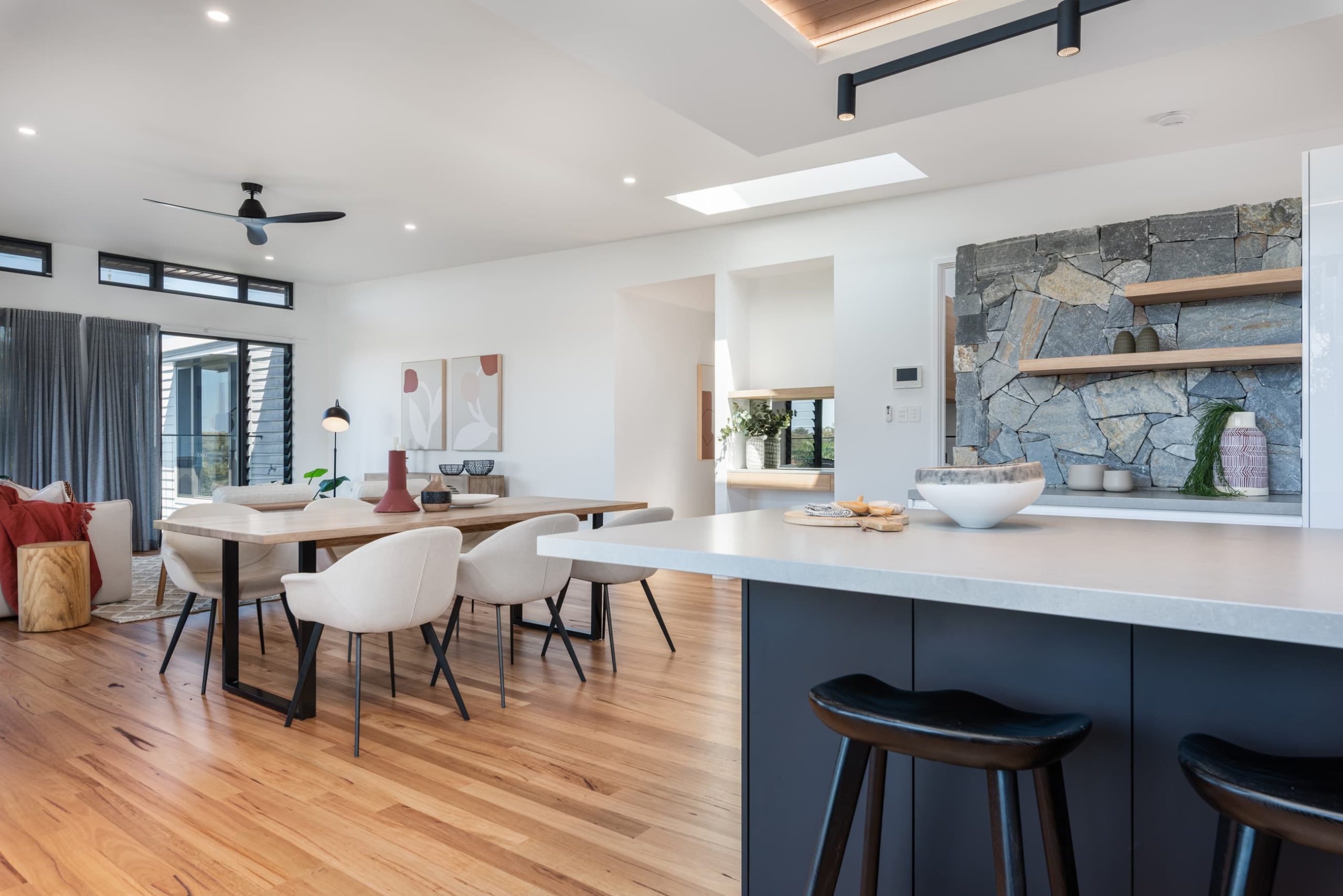One month on and what was a blurry view of the post-COVID-19 property market is slowly coming into sharper focus, however with updates on travel restrictions, infection rates and government assistance packages coming at us thick and fast, the situation could be best described as fluid.
A month ago, we were staring down the barrel of a lock down into September. The latest, good news is that intrastate travel in New South Wales will now be allowed from the start of July. This will be a welcome relief for the cash strapped tourism sector in Byron Bay and the surrounding shire. Whilst the lucrative overseas market and interstate market is still out of reach, any visitor numbers are better than no visitor numbers for now. That is the good news. There is, however, mounting evidence that residential sale prices in the shire may have softened since the start of the COVID-19 pandemic.
The following three examples show that some sellers have had to accept lower sale prices post-COVID-19 after listing their properties preCOVID-19.Exact property addresses are not given to protect the vendor’s and buyer’s privacy, however these are confirmed sales unless stated otherwise.
- Acreage property, Binna Burra. Listed in February 2020 for $1.35 million. Sold in April 2020 for $1.2 million, an 11.1 per cent difference between list price and sale price.
- Acreage Property, Nashua. Listed in February 2020 with a price guide of $1.29 million to $1.41 million. Sold in April 2020 for $1.08 million, a difference between price guide and sale price of 16.3 to 23.4 per cent.
- Duplex unit, Byron Bay (under contract). Listed in February 2020 with a price guide of $1.1 million to $1.2 million. Price guide adjusted in April 2020 to $995,000 to $1.065 million and is now under contract for $1.02 million, a difference between February price guide and sale price of 7.2 to ten per cent.
Buyers and sellers should not be alarmed by these examples, but they should be alert to the fact that some properties are selling at prices well below the seller’s expectations. In the current market, sellers should be keeping right up to date on what is happening in their locations and be prepared to listen to the market rather than their hearts. Buyers too, need to do their research, as there appears to be the opportunity to purchase at the lower end of some sellers’ price expectations.
The bottom line is that there appears to be increased volatility across the market and at the moment, residential property can be expected to sell within a wider than usual price range.
Buying a property at the lower end of the price range increases the opportunity to renovate for profit. Renovating for profit is, however, traditionally fraught with danger due to cost overruns, over capitalising and market movement. It is best left to experienced renovators; novices need to tread carefully. The Byron Shire is largely established with only a small number of residential estates offering new builds in the hinterland localities of Mullumbimby and Bangalow. There are many older units and houses in beachfront towns and hinterland localities that could be described as ripe for renovation. Well-renovated character homes (timber houses from 1900 to the 1960s) are particularly desired in the market and could be targeted by a buyer renovating for profit.
One of the more fashionable and profitable ways for owner-occupiers to add value to their properties in recent years has been the addition of a second dwelling or studio to their land. The construction of a council-approved, self-contained bungalow or studio in a backyard has given many Byron Shire residents a steady income stream or somewhere for the extended family to live. Notwithstanding the current over supply of rental properties brought about by COVID-19 (see last month’s Month in Review comments), there has been a shortage of properties to rent in the Byron Shire over the past few years and many homeowners and investors have sought to capitalise on this with a bungalow or studio addition.
Typically, a small two-bedroom studio or bungalow will cost around $175,000 to build, all in. It will rent (depending on location) for approximately $375 per week or $19,500 per annum, gross rent. While you still have to factor in increased mortgage payments, management fees, vacancies, insurance premiums, etc., this represents a gross return of 11% on your investment.
Source: Herron Todd White, Property Report June 2020

